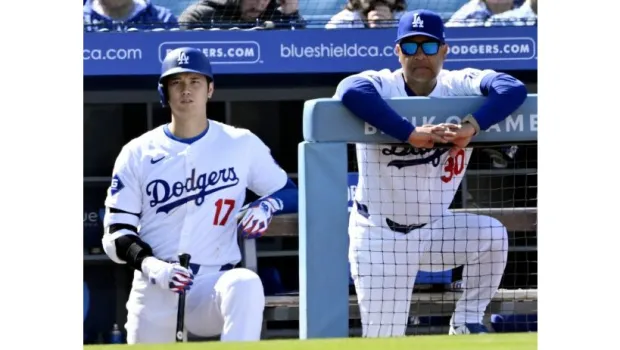Shohei Ohtani: The Greatest Player in Baseball History?
When Los Angeles Dodgers manager Dave Roberts recently proclaimed, “He may be the greatest player in history,” in reference to Shohei Ohtani, it was a statement that echoed across the baseball world. The question of greatness in sports is always subjective, often colored by eras, records, and individual preferences. However, Ohtani’s impact on the game is indisputable. His rare ability to dominate as both a pitcher and a hitter sets him apart in ways unseen in over a century. With his historic achievements, influence on the sport, and continued dominance, Ohtani is making a compelling case for being the greatest player in baseball history.
A Once-in-a-Century Talent
Baseball has seen some of the greatest athletes in sports history, from Babe Ruth to Willie Mays, Ted Williams to Hank Aaron. But none of them could do what Ohtani does: excel at the highest level as both a pitcher and a hitter. Historically, two-way players have existed, but none have sustained excellence like Ohtani in modern professional baseball. The last comparable figure, Babe Ruth, eventually transitioned into a full-time hitter and abandoned pitching. Ohtani, however, continues to perform at an elite level in both roles, something unseen since the early 1900s.
His career statistics and accolades already place him among the game’s elite. In the 2021 season, Ohtani won the American League MVP after hitting 46 home runs, driving in 100 RBIs, and stealing 26 bases—all while pitching to a 3.18 ERA with 156 strikeouts. This level of dual dominance is unparalleled, making him a unicorn in the sport.
Dominance on the Mound and at the Plate
Ohtani’s dual-threat capabilities make him uniquely valuable to any team. As a pitcher, he throws a devastating mix of fastballs exceeding 100 mph, sweeping sliders, and deceptive splitters. His ability to command the strike zone and overpower hitters makes him a legitimate ace. On the offensive side, he is equally dangerous. His power at the plate is reminiscent of sluggers like Barry Bonds and Aaron Judge, while his speed and baserunning make him an all-around offensive force.
Few players in MLB history have been among the league leaders in both home runs and strikeouts as a pitcher. Ohtani has shattered traditional expectations, redefining what an elite baseball player looks like. His versatility forces teams to adjust their game plans in unprecedented ways, creating a new strategic challenge in modern baseball.
Historical Comparisons
Inevitably, comparisons arise when discussing Ohtani’s place in history. Babe Ruth, arguably the closest comparison, put up remarkable numbers as both a pitcher and a hitter. However, Ruth played in an era vastly different from today’s game, when travel, training, and competition levels were nowhere near as intense. The modern game demands more from athletes in terms of physicality and specialization, making Ohtani’s achievements even more extraordinary.
Other legends, such as Willie Mays, Hank Aaron, and Ted Williams, left indelible marks on the game with their offensive prowess, but none ever took the mound. The debate between a dominant hitter and a two-way phenom like Ohtani is difficult to resolve, but the fact that Ohtani excels in both aspects gives him a unique edge in historical comparisons.
Global Influence and Cultural Impact
Beyond his statistical achievements, Ohtani’s influence on the sport is profound. As a Japanese-born superstar, he has elevated international interest in Major League Baseball. His presence alone has led to increased viewership and fan engagement worldwide. Young players across Japan and beyond now see a path to the big leagues that includes the possibility of being both a pitcher and hitter, something once considered unattainable.
His humility and work ethic further endear him to fans and fellow players. Ohtani’s ability to navigate immense media attention while remaining focused on his game adds to his legendary status. His impact on international baseball, particularly in growing the sport’s popularity in Asia, is reminiscent of Ichiro Suzuki’s influence in the early 2000s, but on an even greater scale due to his two-way abilities.
The Case Against Ohtani as the Greatest
While the argument for Ohtani being the greatest player in history is strong, there are counterpoints to consider. Longevity and sustained excellence over time are crucial factors in evaluating historical greatness. Players like Mays, Aaron, and Ruth dominated their respective eras for decades. Ohtani, still in his prime, has yet to match their career longevity.
Additionally, injuries remain a concern. Pitching and hitting at an elite level place enormous physical strain on the body. Ohtani has already faced injuries, including Tommy John surgery in 2018. Whether he can maintain his elite performance into his late 30s, as some of the game’s greats have, remains an open question.



